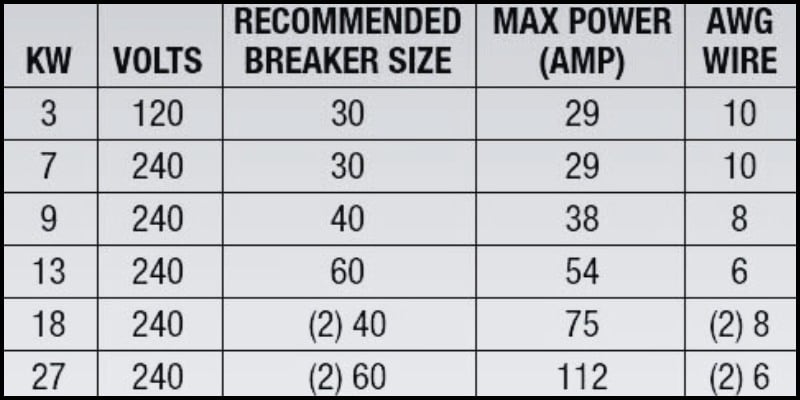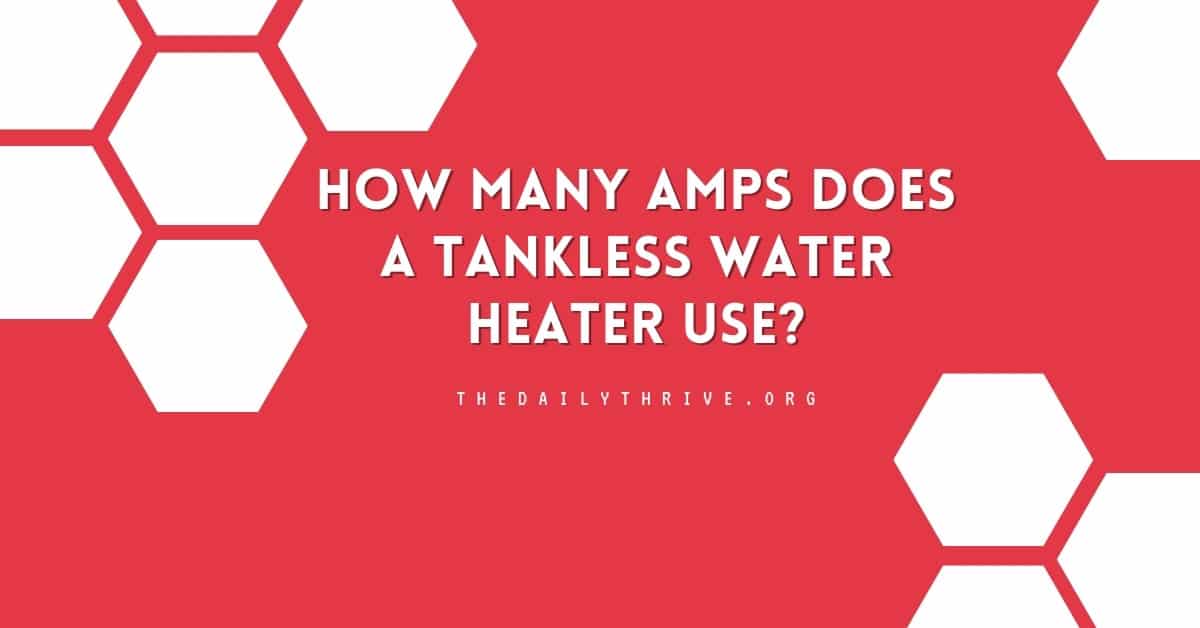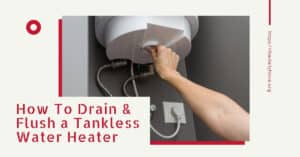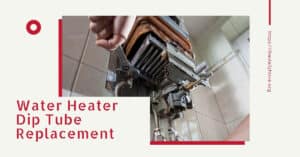In our quest for energy-efficient and space-saving appliances, many homeowners are turning their attention to tankless water heaters. These modern devices offer instant hot water without bulky storage tanks, but they come with specific electrical requirements that can be mystifying. One common question is, “How many amps does a tankless water heater use?”
Given the variability in models, sizes, and usage patterns, the answer is more complex than a single number. This article aims to demystify the electrical demands of these heaters, helping potential buyers and current owners understand their devices better.
When exploring the electrical requirements of tankless water heaters, we first need to grasp some basic electrical terms. At their core, Amps (Amperes), Volts, and Watts are units of measure that help determine how much electricity an appliance uses.
For our context, consider Amps as the volume of electricity, Volts as the pressure pushing that volume, and Watts as the total power consumed.
What is the Standard Amperage for a Tankless Water Heater?
Tankless water heaters, also known as on-demand heaters, heat water directly without storing it in a tank. These heaters have become increasingly popular due to their energy efficiency and compact size. On average, the amperage draw for a tankless water heater can range from 15 amps for smaller units to 150 amps for larger ones. However, these figures can vary based on specific brands and models, making checking the manufacturer’s specifications essential.
Factors Influencing Amp Usage
Several elements dictate the amperage consumption of a tankless water heater:
- Size & Capacity: As logic would dictate, a larger heater designed to service an entire household typically demands more power, resulting in higher amperage.
- Temperature Rise refers to the difference between the incoming cold water temperature and the desired hot output. A higher temperature rise necessitates more energy.
- Flow Rate: This is the speed at which water flows through the heater. Higher flow rates can lead to increased amperage draw.
- Efficiency: Some heaters are better at converting electrical energy into heat. A more efficient tankless water heater uses less electricity for the same heat output, affecting its amperage.
Typical Amp Requirements for Different Models
Different models cater to various needs:
- Small/Point-of-Use Heaters: Primarily used for isolated tasks, these heaters usually require 15-30 amps. They’re ideal for stand-alone sinks or specific applications.
- Medium Heaters: Designed for broader tasks like servicing a bathroom or kitchen. Their amperage draw can range from 40 to 80 amps.
- Large Whole-House Heaters: These units, meant for households with multiple bathrooms or high-demand scenarios, can draw upwards of 100 to 150 amps.

Power Requirements For Tankless Water Heater
The power a tankless heater needs, measured in watts, is crucial in determining its amperage. For instance, a heater requiring 24,000 watts operating on a 240-volt supply will draw 100 amps.
While most households in the U.S. operate on a 240-volt supply, this can vary by country, so it’s crucial to consider your local power supply. Moreover, while electric heaters use electricity directly, gas tankless water heaters might require electricity for ignition and controls, typically much lower than their electric counterparts.
How to Calculate How Many AMPS a Tankless Water Heater Consumes
Use the simple formula Amps = Watts/Volts to understand the amperage draw.
For example, A water heater rated at 28,800 watts, operating on a 240-volt supply, would draw: 28,800 watts ÷ 240 volts = 120 amps.
It’s essential to ensure accurate calculations to avoid overloading electrical circuits.
Understanding the amperage requirement is more than merely a technicality. It’s vital for safety. Ensuring your home’s electrical system can handle the amperage drawn by the heater prevents potential electrical hazards. Overloading can lead to overheating and, in worst-case scenarios, fires. Circuit breakers play a vital role in preventing such overloads.
If unsure, it’s always best to consult a professional electrician.
Knowing how many amps a tankless water heater uses is beneficial in several ways:
- Efficient Operation: You ensure optimal performance by matching a heater’s amperage with your home’s electrical capacity.
- Informed Purchasing Decisions: Understanding amp requirements can influence the buying process, ensuring you get a unit suitable for your needs.
- Safety: Overburdening electrical systems can lead to malfunctions or hazards. Knowledge of amp requirements ensures safety.
Understanding the amperage requirements of a tankless water heater ensures its efficient and safe operation. While various factors influence this, from the model and its efficiency to the desired temperature rise, it’s a fundamental aspect to consider for anyone looking to invest in or maintain a tankless water heating system.






